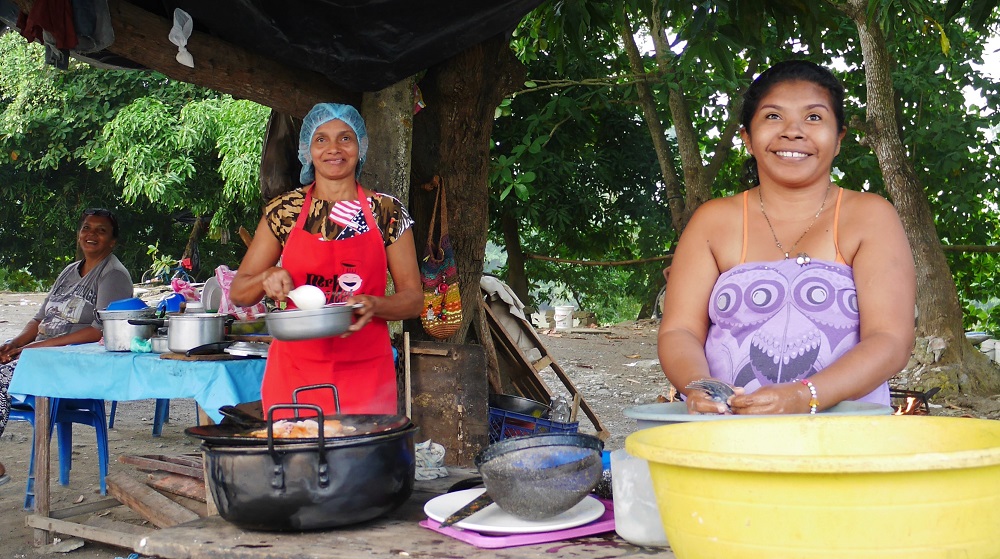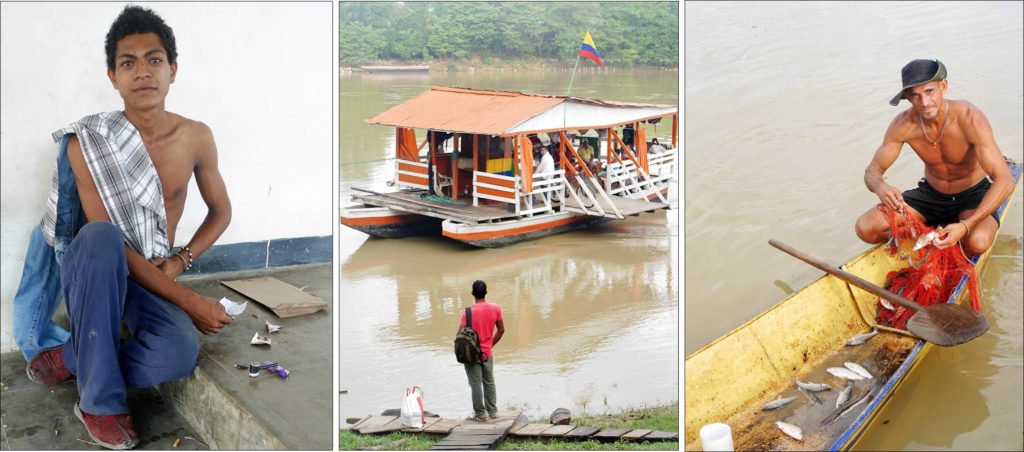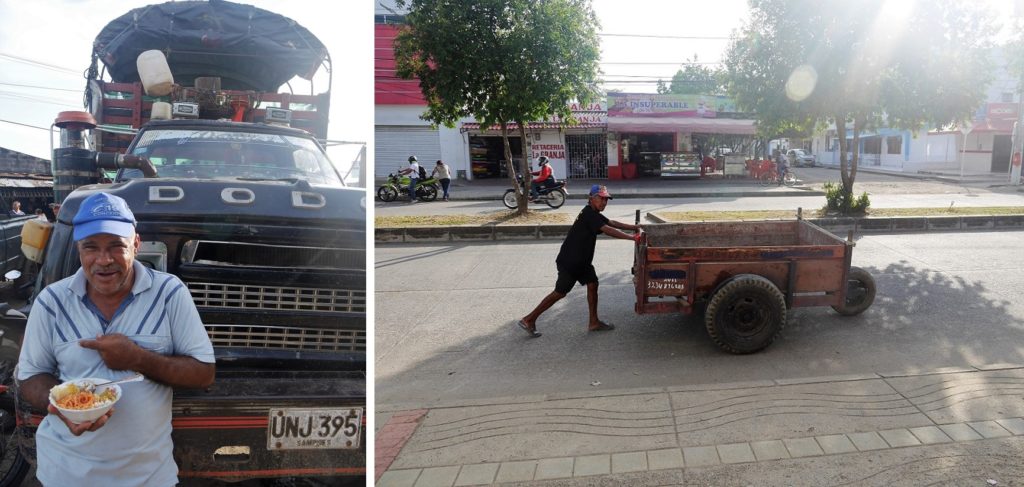Montería, pearl of the Sinú
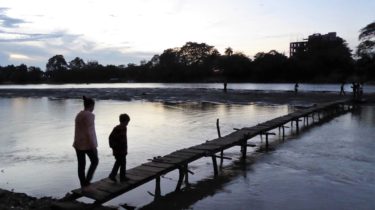
Montería, the capital town of Colombia’s Cordoba department, sits on the sweltering banks of the muddy Sinú River that flows down from the jungle-clad Andes to the Caribbean. According to agronomists this is the world’s most fertile floodplain which is easy to believe when you see nature’s bounty – aubergines, papayas, giant yams, fish and meat – bursting out of baskets in the city markets.

In this small farming and fishing city has also been cultivated some of Colombia’s less desirable produce in the form of paramilitary groups known as the Autodefensas which committed atrocious crimes until disbanded in 2005, but whose politics of violence and intolerance continues to cast a shadow over many rural areas today.

For many Colombians, Montería will always be tainted as the town that spawned the `paras’, and where the drug money came out to play. For many years international media have referred to it as the ‘mini-Miami of South America’, a snide reference to the seemingly-impossible economic boom that has seen ten years of growth and an ever-changing skyline of high-rise luxury apartments.
But behind this crazy lurch to riches, and roads crammed with alta gama four-by-fours, the soul of the city is still intact with its busy street markets, shade-tree restaurants and artisanal gravel mining down at the river.

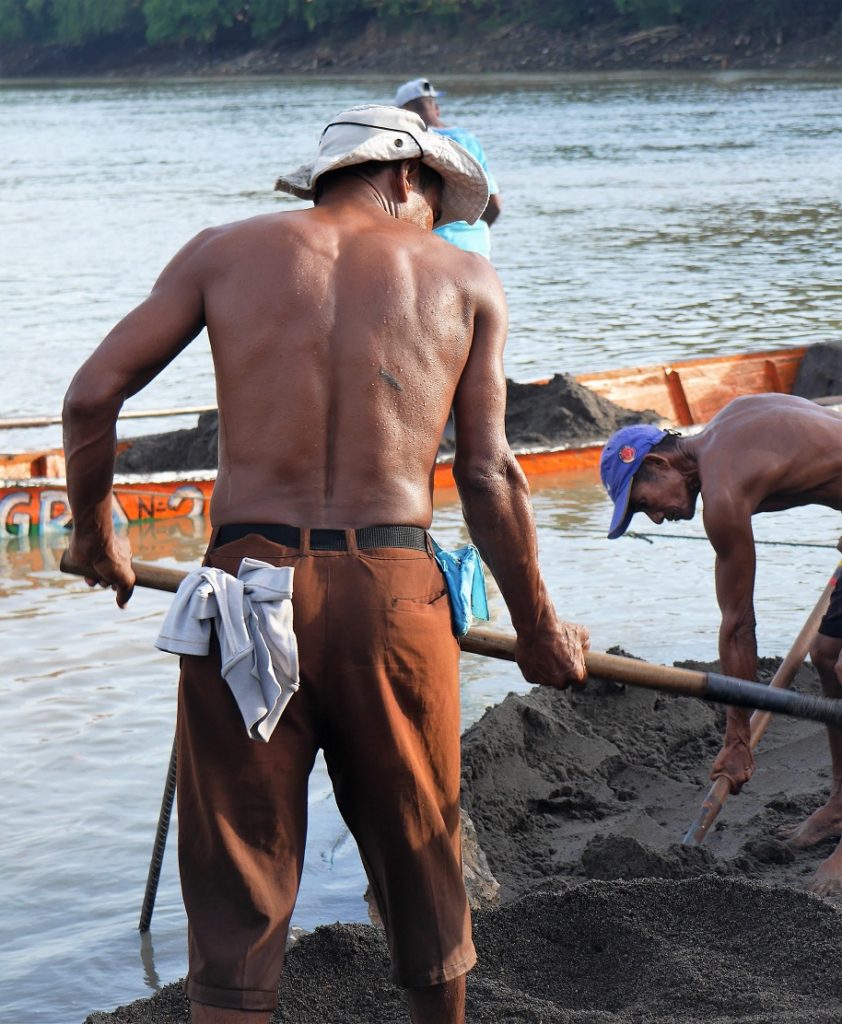
Tourism has largely passed the city by, as have the ring-roads that now fast-track chacacos from the interior to the popular beaches of the coast. Montería is a Caribbean city 60 kilometres inland. Without the sea breezes it sweats and stews like a sancocho on hot coals, but compensates with immense acacia trees, figs and mangos that shade. Having a tree in your yard is more useful than a car in the garage. And on every block is a street vendor selling ice-cold jugos naturales from a bewildering variety of local fruits, try zapote, nispero or coroso for something new to your palate.
I first visited Montería over twenty years ago, and later lived and worked for several years in and around the city. True, it lacks any large attraction to draw people to visit, but if you do go there you will be richly rewarded just walking the streets, or hanging out in the cool riverside park, the Ronda Del Sinú, which borders the city centre. You will quickly make friends, me invited in and hosted, and be received with remarkable warmth and openness.
It is an easy place to visit: there are many daily flights from Bogotá (Avianca, Latam, VivaColombia) and the city can be used as a bus stopover between Medellin (8 hours) and Cartagena (8 hours).
The photos are of people and places in Monteria, I hope you like them.

